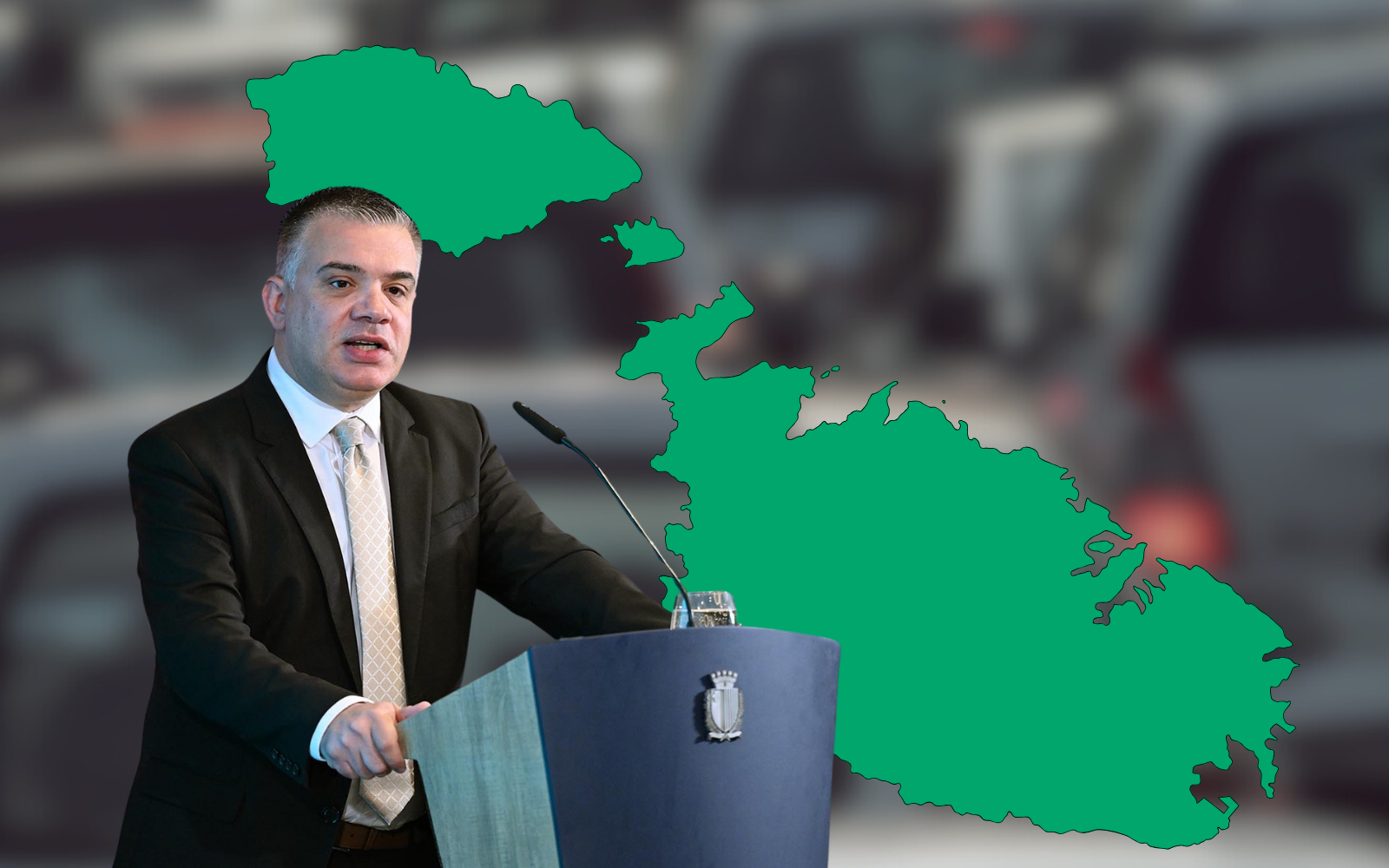By Julian Bonnici
Promises of reform to Malta’s transport are much like the system itself: chronically delayed, over budget, and often failing to live up to expectations. From the failed Arriva venture to ambitious metro pledges, successive Maltese governments have repeatedly missed the mark, as pointed out by international experts, including the International Monetary Fund (IMF).
Minister Chris Bonett is the latest minister leading the attempt to solve Malta’s perennial traffic problem, unveiling a set of proposals he said would bring about the necessary culture shift in the country while admitting they would not serve as a long-term solution.
Bonett indicated that the latest proposals, slated to roll out over 18 months, could cost around €15 million by the end of this year. Yet crucial details and cost breakdowns remain unclear, with Bonett assuring more specifics would follow.
But what are the numbers behind the proposals? And, crucially, will they meaningfully reduce Malta’s notorious traffic congestion, exacerbated by nearly half a million cars on the island?
Amphora Media spoke to experts Dr John Ebejer and Dr Karl Camilleri to get their sense of the situation.
Malta’s Traffic Numbers: A Snapshot
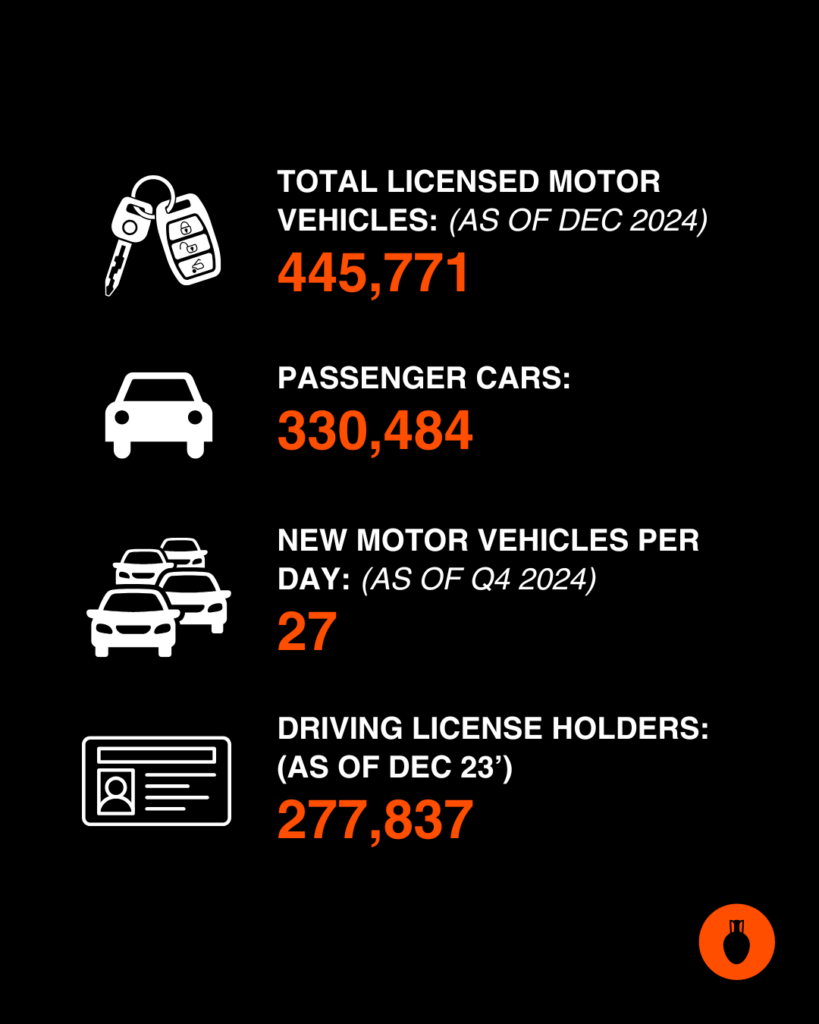
Breaking down the proposals: Vehicle incentives and the bus network
The government’s recently unveiled ‘Reshaping our Mobility’ action plan outlines seven pillars, ranging from a “24-Hour Economy” aimed at distributing off-peak traffic – to broad and somewhat vague strategies promoting alternative mobility. However, the vehicle-focused incentives captured immediate public attention, specifically:
Surrender your Licence Scheme:
A cash grant of €5,000 annually for five years (€25,000 total) for individuals who give up their driving licence and car for five years.
This scheme is set to be implemented first, with a scheduled launch between April and June of this year.
Scooter Shift Grant:
A cash grant of €1,500 per year for four years for a total of €6,000 if persons renounce their motor vehicle licence and car for four years and start using a small scooter.
This will be the second scheme to be introduced. No specific timeline was given.
Be the change 17+:
A cash grant of €1,500 per year for four years for a total of €6,000 to 17-year-olds if they opt to drive a small scooter on the condition that they don’t obtain a driving licence by 21.
This will be the final scheme to be introduced. No specific timeline was given.
Other proposals include a motorcycle purchase cash grant, a reform to the classification of vintage cars, carpooling at the University of Malta (which has already failed in the past), tax incentives for employers to promote employee transportation services, and a green trail plan policy for the public sector.
It appears that among experts, the policies as a whole, particularly the vehicle incentives, radically fail at addressing the issue – and rather act as a band-aid to a wound that won’t heal.
Yet, experts consulted by Amphora Media underscored a vital, albeit overlooked, proposal: improving and expanding Malta’s bus routes and the revision of the road network in preparation for a new contract for operating the Malta public transport system.
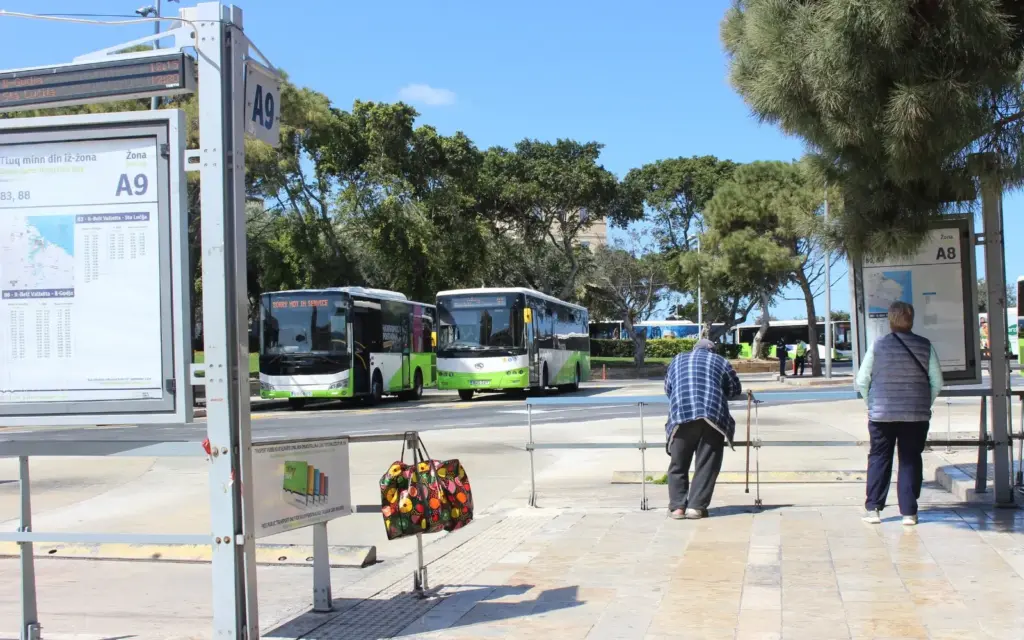
The current proposals will complement projects already taking place, some encouraging people to buy and drive cars.
Currently, drivers can get grants of €400 to €1,500, depending on the vehicle type, to retrofit their petrol or diesel vehicles to use liquified natural gas. At the same time, Transport Malta also pays car owners to switch to electric vehicles or install photovoltaic panels, and a generous grant encourages drivers to buy electric cars.
The government also invests heavily in building more roads and subsidises fuel prices to keep them low.
IMF experts also suggest that “Pricing actions—e.g., on vehicle and fuel taxes, or parking charges—would be helpful.”

Counting the Costs
The exact costs of the government’s proposals have yet to be fully revealed, with Minister Bonett only broadly indicating they could exceed €15 million.
Nevertheless, preliminary calculations suggest potentially alarming expenditures, especially considering participants can rejoin the driver population after the schemes end.
The proposed budget also includes numerous strategies beyond vehicle reduction, like parking solutions and alternative transport methods, raising concerns over the impact of these projects.
Here’s a rough projection of potential costs:
Surrender Your Licence Scheme:
(€5,000/year for 5 years = total €25,000 per participant)
| % of Driving population | Participants | Annual Cost | Total Cost (5 years) |
| 0.2% | 600 | €3,000,000 | €15,000,000 |
| 1% | 3,000 | €15,000,000 | €75,000,000 |
| 5% | 15,000 | €75,000,000 | €375,000,000 |
Scooter Shift Grant:
(€1,500/year for 4 years = total €6,000 per participant)
| % of Driving population | Participants | Annual Cost | Total Cost (4 years) |
| 0.3% | 835 | €1,250,000 | €5,000,000 |
| 1% | 3,000 | €4,500,000 | €18,000,000 |
| 5% | 15,000 | €22,500,000 | €90,000,000 |
Be the Change 17+:
(€1,500/year for 4 years = total €6,000 per participant)
| % of total number of 17-year-olds | Participants (Approx. 5,000 17-year-olds) | Annual Cost | Total Cost (4 years) |
| 1% | 50 | €75,000 | €300,000 |
| 5% | 250 | €375,000 | €1,500,000 |
| 10% | 500 | €750,000 | €3,000,000 |
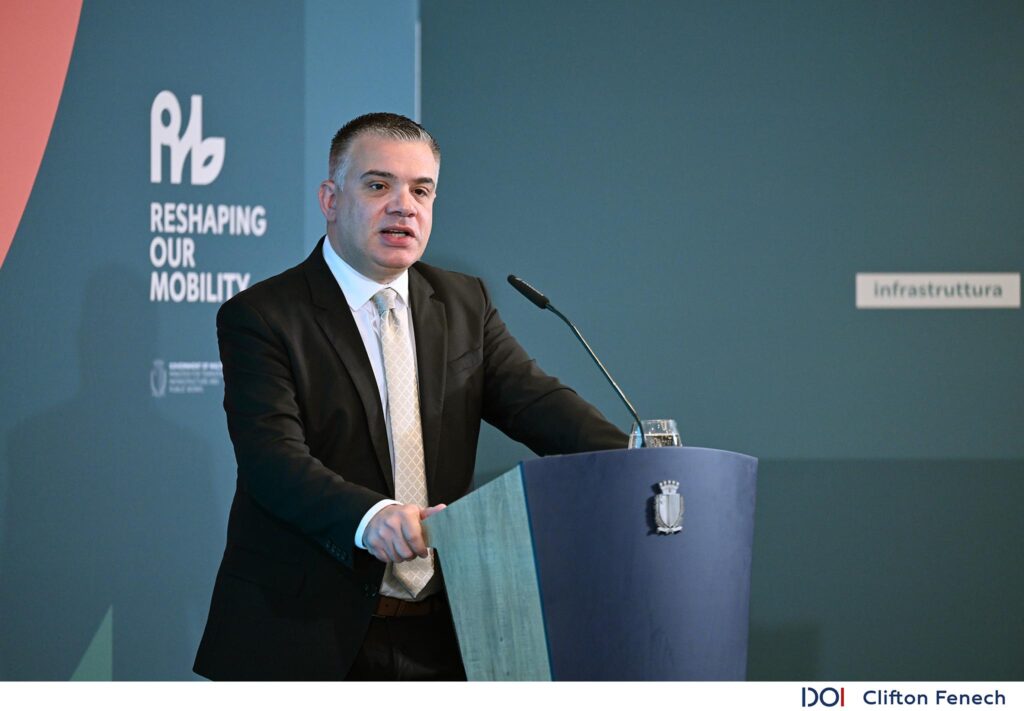
Major Enforcement Concerns
Minister Bonett insisted that the proposals were not there to simply dish out money and would need to be accompanied by a “commitment” to the scheme.
Participants who leave the scheme before its expiration will be required to repay the government for the remaining years.
For example, someone leaving the Surrender Your Licence Scheme after three years would owe €10,000 to the government.
However, in Malta, promises of robust enforcement often ring hollow. Transport Malta, which will be heavily involved in the scheme, has grappled with numerous scandals over the last few years.
Several people have been charged with leading a racket to ensure specific candidates obtain their driving licenses, allegedly telling instructors to “take care” of candidates flagged by “some ministry or Castille”. There have also been further allegations of Transport Malta officials running a similar racket on maritime fines.
More recently, Amphora Media has also revealed a series of suspicious cheques former Transport Malta CEO James Piscopo received while holding the role. Investigators suspect these could be tied to multi-million payments they believe are linked to the Kappara Junction and Malta Public Transport contracts.

Has it worked abroad? Finding a Viable Long-term Solution
Internationally, license surrender programs are rare precisely because they are expensive relative to their effectiveness. Schemes focusing on modal shifts (scooter and public transport subsidies) are more common due to their greater sustainability and better cost-effectiveness.
Scooter incentives have worked effectively in countries with substantial scooter-friendly infrastructure like Italy and Spain. Ultimately, Malta would need significant investment in this area to replicate such success.
Rental scooters had become popular in Malta regardless, but the government issued a ban – unprecedented in the EU – following widespread public outcry over their use.
In 2024, motorcyclists and cyclists accounted for roughly 40% of all traffic-related injuries, hinting at a widespread issue that should be addressed before significant numbers are placed on the roads.
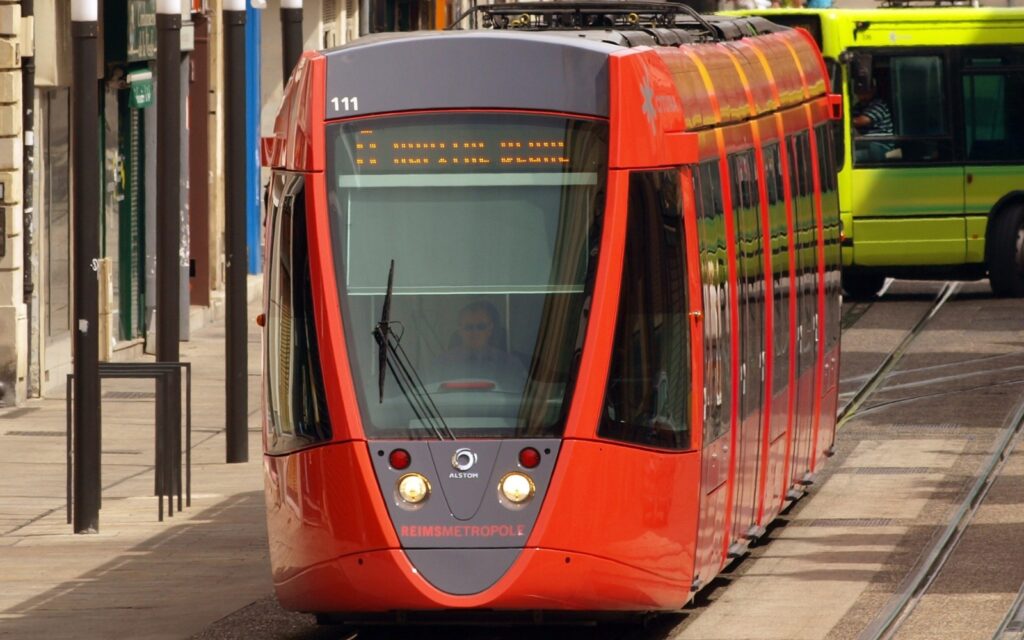
Experts consulted by Amphora Media agree that Malta has squandered valuable time and resources fixating on an underground metro, a project which would require enormous infrastructural works and significant population growth—roughly 1,000,000 users—to even justify.
Instead, experts pointed towards a significant shift from car-centric policies towards a focus that promotes public transport – and namely, substantial investment in a reliable, expansive bus network or the creation of a new light rail transport system.
However, achieving these would necessitate difficult decisions, especially reconsidering on-road parking in crucial transit areas.
Yet, implementing these solutions would require Malta’s government to adopt a tougher stance—more stick, less carrot.
Questions will be raised about whether the government or the Minister would be willing to make that decision and sacrifice votes.
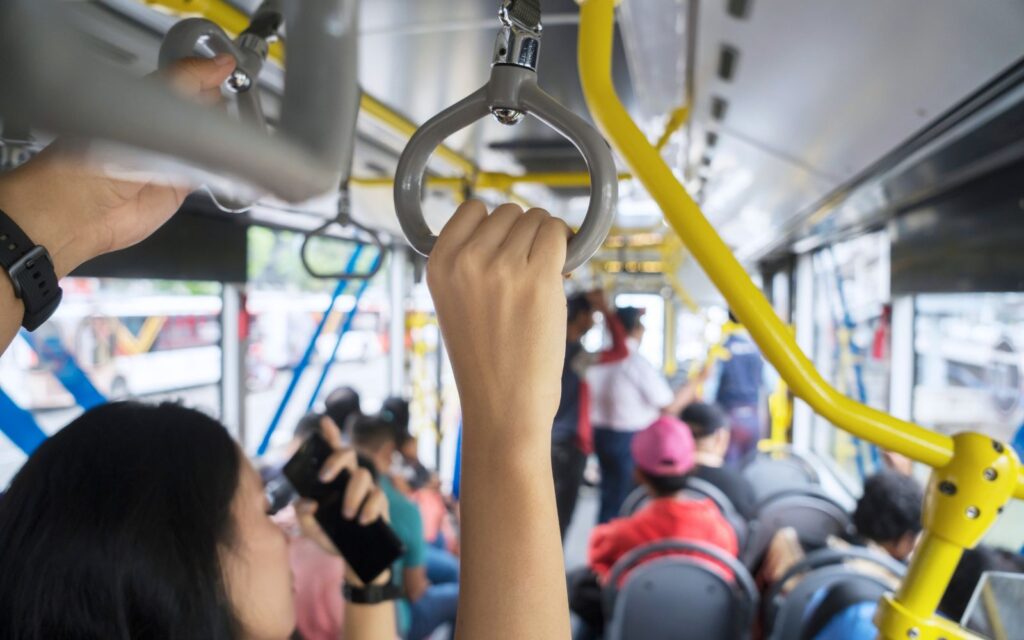
Paris is among the cities that successfully moved from car-centric to people-centric design.
The Urban Institute in the US praises Paris’s “sustained drop in car use—as well as fewer crashes and less pollution.”
The transformation started with lowering speeds in the city, closing former highways to cars and opening them up to pedestrians and cyclists, expanding pavements, and allowing residents to enjoy car-free areas on weekends. Paris also slowed or eliminated traffic around schools and freed up space by removing on-street parking in many areas.
As of 2022, personal cars remain the dominant mode of transport, but they no longer account for over half of the means of transport. The share of bus trips has doubled, and the share of bicycle trips has tripled between 2016 and 2022.
In 2023, Paris received the Sustainable Transport Award . The drive to reclaim the city’s iconic boulevards is called a ‘soft revolution’. Its popularity was boosted by participatory budgeting, giving residents a say in how to allocate the resources.
These achievements were not easy. A court had overturned car bans, and hundreds came out in protest. But mayor Anne Hidalgo, who championed these policies, continues serving her second term undeterred.
Perhaps, ultimately, those with a strong vision will have their way in the end.
